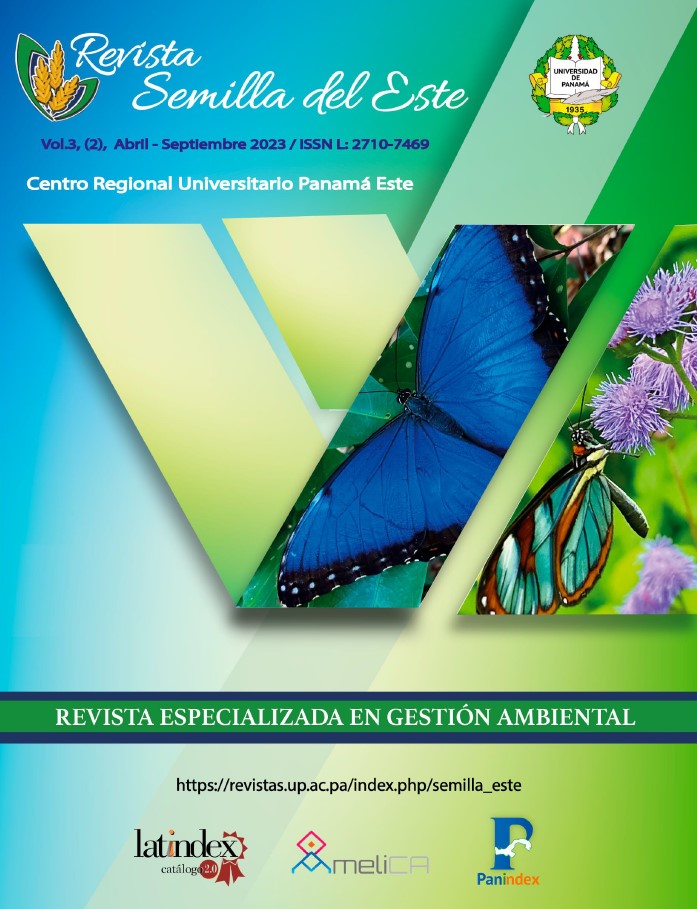


This work is licensed under a Creative Commons Attribution-NonCommercial-ShareAlike 4.0 International License.
The Bamboo Guadua angustifolia has great economic and environmental importance, but its traditional methods of propagation are inefficient. The objective of the study was to develop an efficient micropropagation protocol for Guadua, using Temporary Immersion Bioreactors BITs. For the establishment, disinfected nodal segments and Murashige & Skoog MS medium + 2 mg L-1 of benzylaminopurine BAP were used. For micropropagation, 5 doses of BAP 2, 3, 4, 5 and 6 mg L-1 were tested. In the multiplication phase in BITs, MS was used with 3 doses of BAP 3, 4, 5 mg L-1 and immersion frequencies every 3, 6 and 8 hours. For rooting in BITs, MS + 2.5 mg L-1 of adenine sulfate was used. The results showed that using 2 mg L-1 of BAP, one shoot per explant was obtained, while with 3, 4, 5 and 6 mg L-1 of BAP, 2 shoots were obtained. In BIT multiplication, 3.5, 7.5 and 10.4 shoots per explant were obtained with doses of 3, 4 and 5 mg L-1 of BAP, respectively. Using immersion frequencies every 3, 6, and 8 hours, 7.5, 8.7, and 13.6 shoots per plant were obtained, respectively. The number of roots was 11.3, 4.0 and 4.3 with immersion frequencies of 3, 6 and 8 hours. The best results in BITs were obtained using 3 mg L-1 of BAP and immersion frequency every 3 hours The results show significant advances in bamboo micropropagation and applicable to other species.